

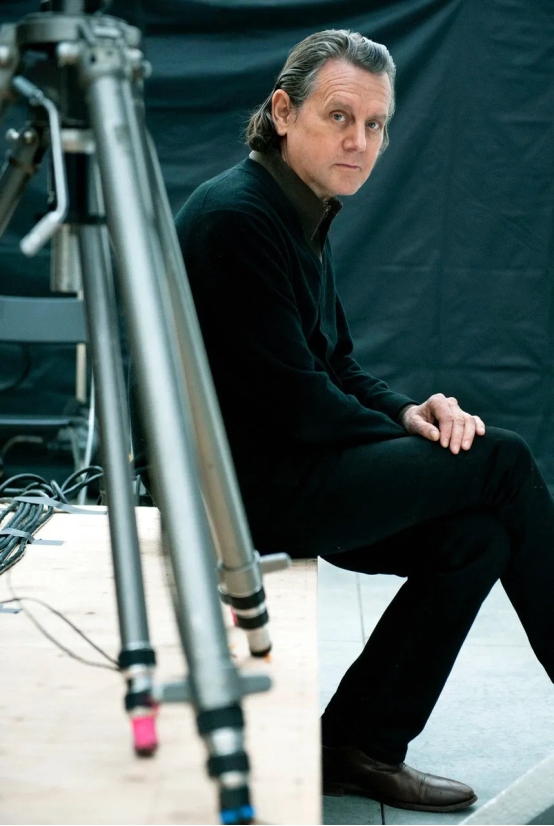
Jeff Wall
Canadian photographer, associate professor at the University of British Columbia
Normally, people's eyes are always more easily captured by the scenery that flows lightly on the surface. Photographer Jeff Wall intends to create a coherent narrative through photography that only exists in one frame, allowing the hidden meaning behind to surface from the record through carefully arranged pictures.
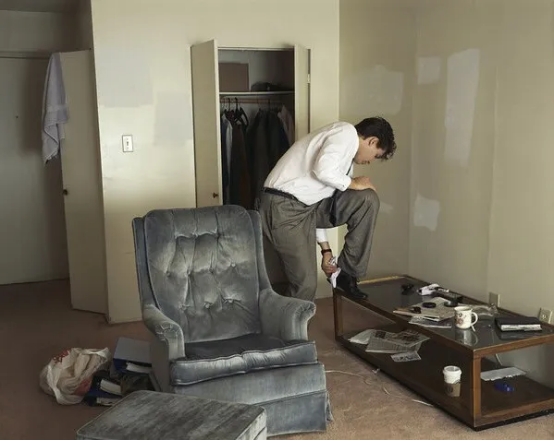
Polishing, 1998
In 1937, when Guernica was exhibited, a German general asked Picasso: "Is this your masterpiece?" Picasso replied: "No, it is your masterpiece". Guernica is Picasso's cry for peace and an accusation of fascist atrocities. The picture is full of victims and miserable and distorted animals, but the perpetrators do not appear in Guernica. Jeff Wall also firmly believes in the sense of partial loss and space for interpretation.
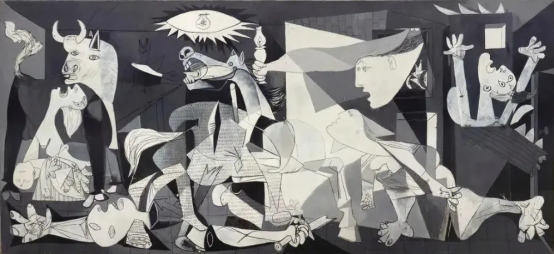
Guernica, Pablo Picasso, 1937
Jeff Wall once asked himself: As an artist, how can I create works of art with a strong imprint of my era like artists such as Goya and Monet? What kind of art is most representative of the current era? The result of his constant questioning of himself is to present his photography with fluorescent advertising light boxes - this is the way of information communication in contemporary commercial society, but in Wall's hands, it is a brand new art form, as he himself said: "It is not photography, film, painting or propaganda, although it combines the qualities of all these things."
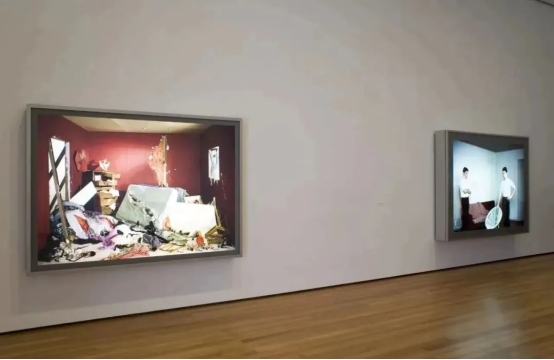
Jeff Wall's Light box works display
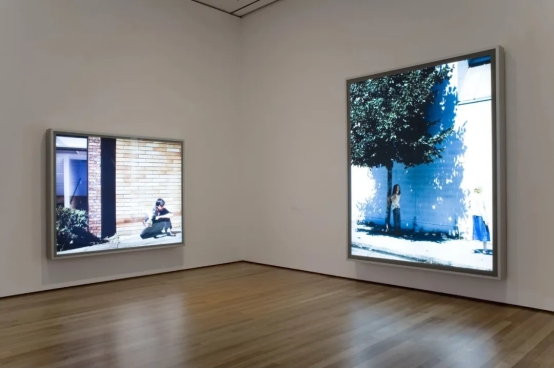
Jeff Wall's Light box works display
His photographs are often set against the backdrop of Vancouver's natural beauty, urban decay, postmodernism and industrial features. Since about 25 years ago, he has been adept at using this method to reflect various themes in contemporary society and politics. In order to highlight themes and the techniques and aesthetic strategies for building the world, he created them from scratch, using "dispatching" to cleverly arrange actors, meticulously arrange scenes, props and lighting. Every character, action, expression, environmental object, etc. is presented after careful consideration, and the entire shooting method is very similar to filming a movie. "You can say that I'm like a film director, but my film only has one frame." For Jeff Wall, each photo is "an isolated statement" that requires continuous attention like a painting or a movie.
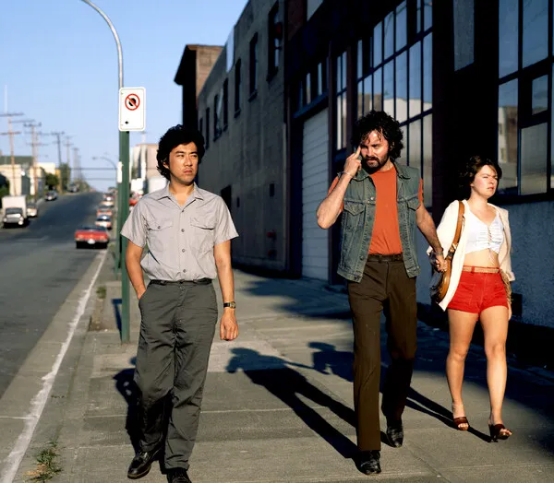
Mimic, 1982
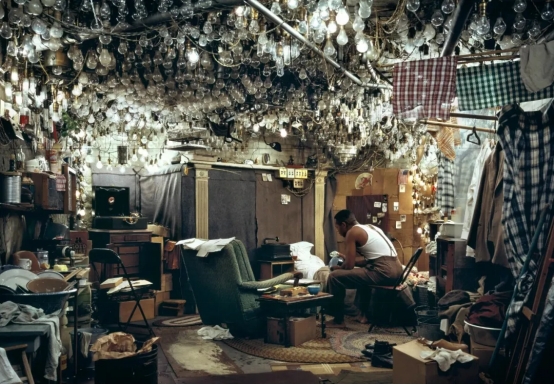
Imitation of After Invisible man by Ralp Ellison, The Prologue, 1999-2000
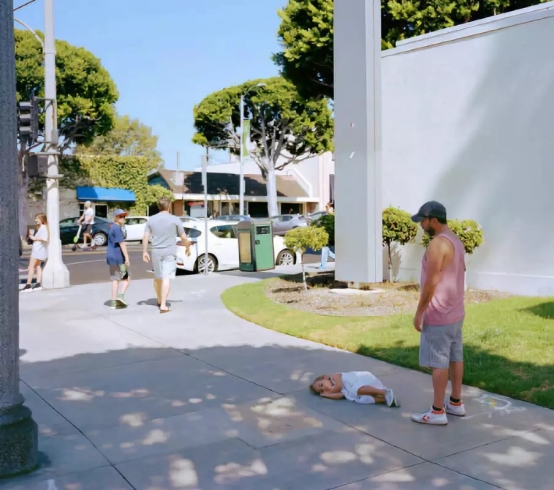
Parent child, 2018
However, whether in color or black and white, Wall's work has always maintained a dialogue with the classic paintings of the 19th century. Of course, this is related to Jeff Wall's interest and talent in art since he was a child. At the age of sixteen, he had his own studio and began to paint a large number of paintings. As an adult, Jeff Wall chose to study art history and continued his studies to obtain a master's degree in art history at the University of British Columbia. During this period, Wall was obsessed with the paintings of artists such as Caravaggio, Velasquez, and Manet. He was immersed in the literary works of Kafka, Yukio Mishima, and Ralph Ellison.
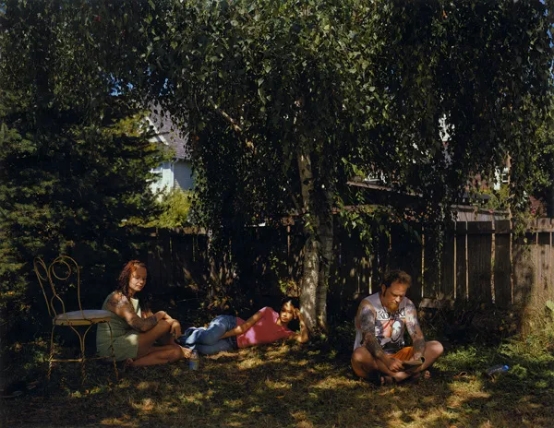
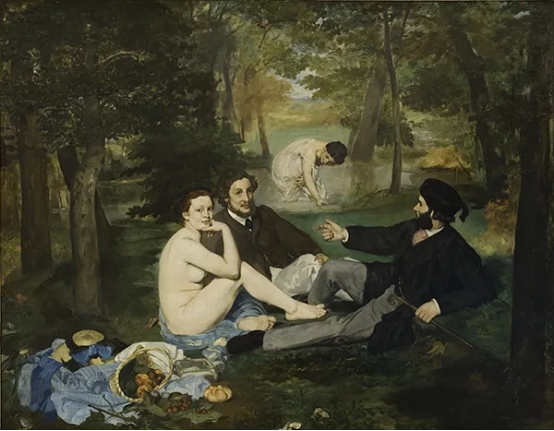
Former: Tattoos and Shadows, Jeff Wall, 2002;
Latter: Luncheon on the Grass, Édouard Manet, 1863
His first solo exhibition was held in Vancouver in 1978. His work, The Destroyed Room, has been recognized as a photograph of great historical significance in the history of world photography. It was inspired by the famous work of the Romantic school, Eugène Delacroix, The Death of Sardanapalus. The work measures 2m*3m and is installed in a huge light box with color film, which sensitively captures the viewing psychology of modern consumers (audiences).
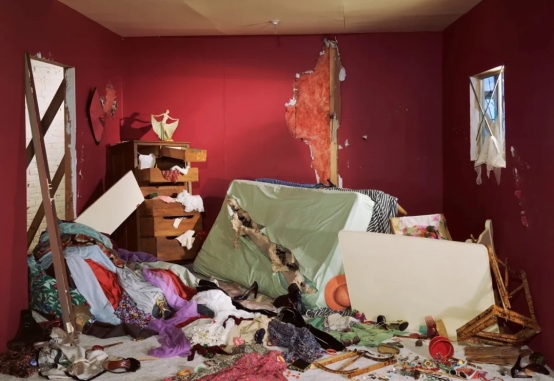
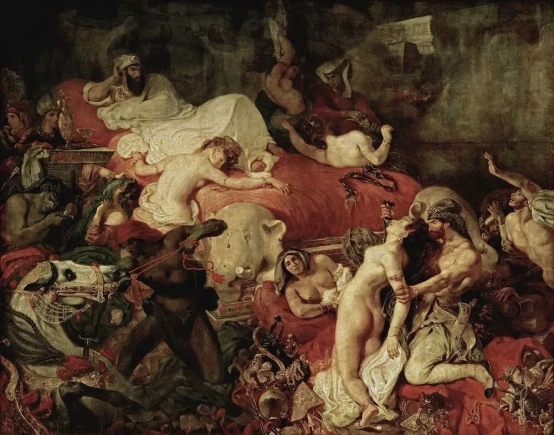
Former: The Destoryed Room, Jeff Wall, 1978
Latter: The Death of Sardanapalus, Eugène Delacroix, 1827
Picture for Woman is another representative work of Wall. It is a conceptual interpretation of Manet's Bar at the Folies-Les-Fères. Wall pays attention to Manet's excellent positioning of men and women and his treatment of viewpoints. The mirror makes the entire space more multidimensional and exposes the "camera" to the viewer, increasing the mechanical "gaze", subconsciously bringing out the presence of the photographer, breaking the "film ontology". Multiple "gazes" make the issue of "seeing and being seen" more complicated.
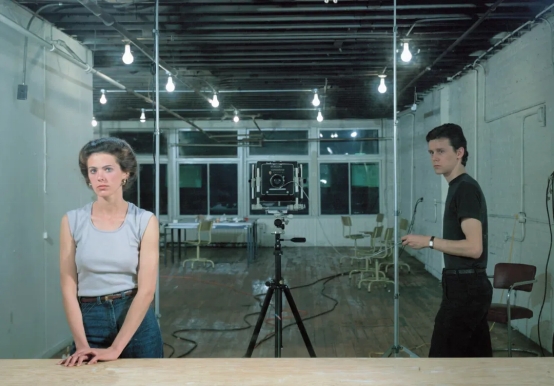
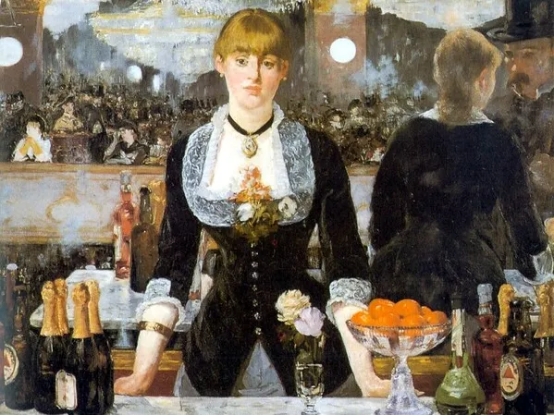
Former: Picture for Women, Jeff Wall, 1979
Latter: A Bar at the Folies-Bergere, Édouard Manet, 1882
Wall also used photography to recreate the Shunshu Ejiri from the woodblock print 36 Views of Mount Fuji by Japanese artist Katsushika Hokusai. The paper still flutters in the wind, but the Japanese fishermen are replaced by office workers in a small town on the border between the United States and Mexico.
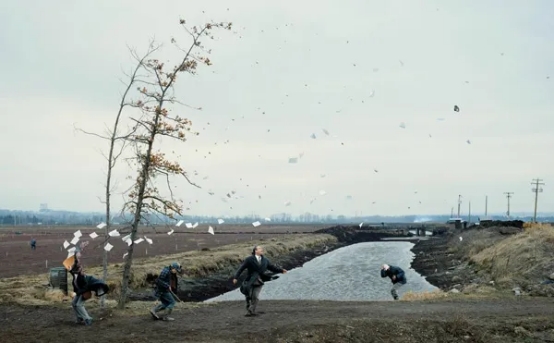
A Sudden Gust of Wind, Jeff Wall, 1993
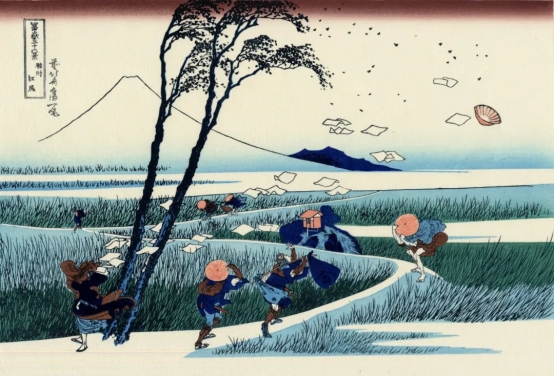
Shunshu Ejiri, Katsushika Hokusai, 1830-1832
Another key to Jeff Wall's works is "quasi-recording". These photos are reminiscent of the neorealism of Italian films in the 1950s and 1960s in style and method, creating images of daily moments full of complex meanings. By depicting events that have been witnessed in life but not attempted to be photographed, new possibilities are sought for photos, "thinking about the effect and meaning of documentary photos".
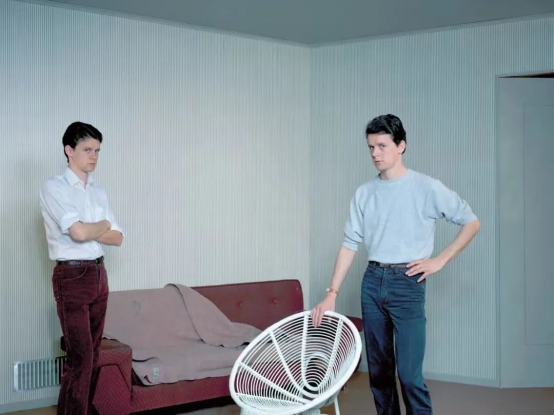
Double Self Portrait, 1979
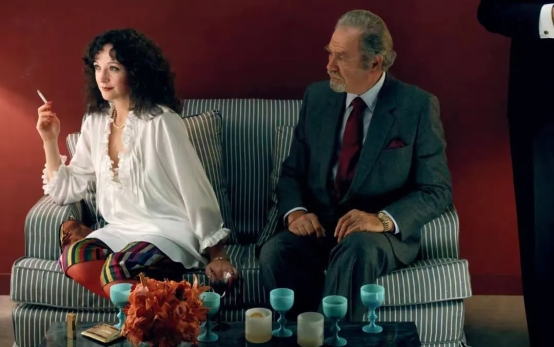
A Woman and her Doctor, 1980
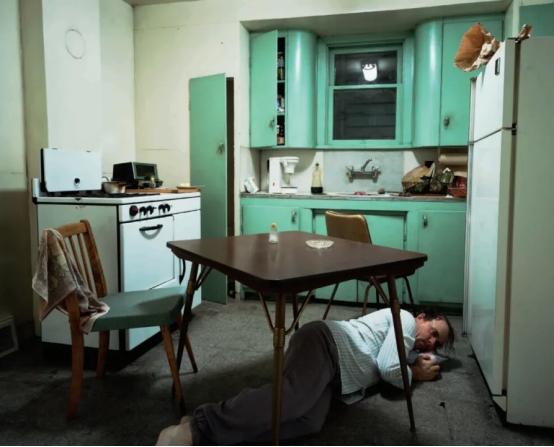
Insomnia, 1994
Wall once said: "I try not to describe my work in words, but try to see my creative process completely in the form of pictures, and what I do is to suppress the desire to narrate." "Dead Trops Walk" is a picture showing a patrolling team of Soviet Red Army soldiers in the Soviet-Afghan War in the 1980s. They were attacked by the Afghan side and were annihilated. They talked in a zombie-like posture. The picture is humorous and full of doubts. Susan Sontag also praised Wall's 1992 masterpiece in her last book, Regarding the Pain of Others. She said that Wall's reconstruction of this historical spectacle "looks terrifyingly and disturbingly real" and "its ideological depth and power are exemplary. The characters in Wall's fantasy photography are all "real", but the images are certainly not. Dead soldiers don't talk, but here they do." This photo broke the Christie's auction record in 2012 and became the third most expensive photo in the world.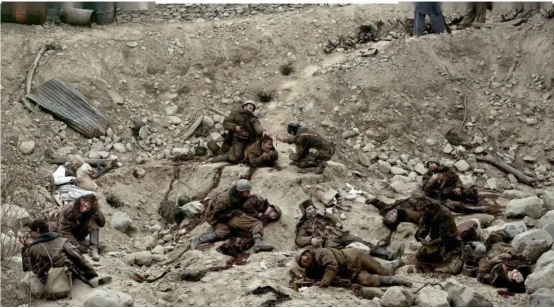
Dead Trops Talk, 1993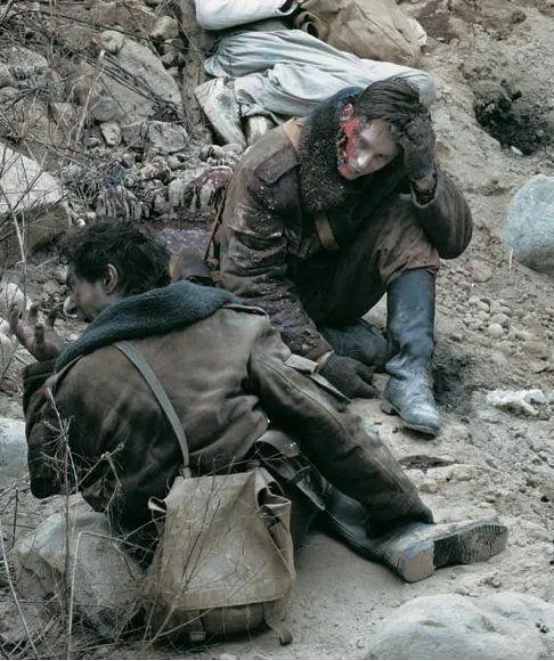
Dead Trops Talk, 1993
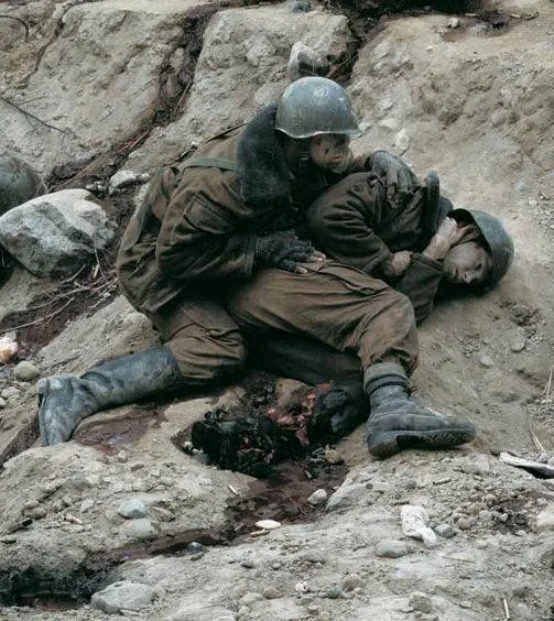
Dead Trops Talk, 1993
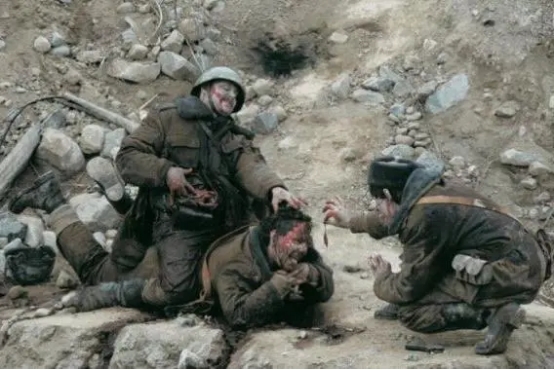
Dead Trops Talk, 1993
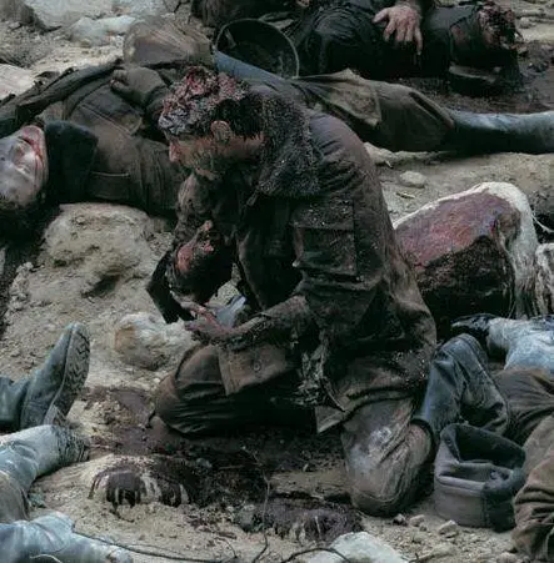
Dead Trops Talk, 1993
"It's not about some kind of distinction between documentary mode or documentary style and film - I think photography exists through the infinitely subtle interactions between these modes," Jeff Wall said in an interview. His works are now collected by the Tate Gallery in London, the Art Institute of Chicago, the Hammer Museum in Los Angeles and the Kunstmuseum Basel.
Other Works
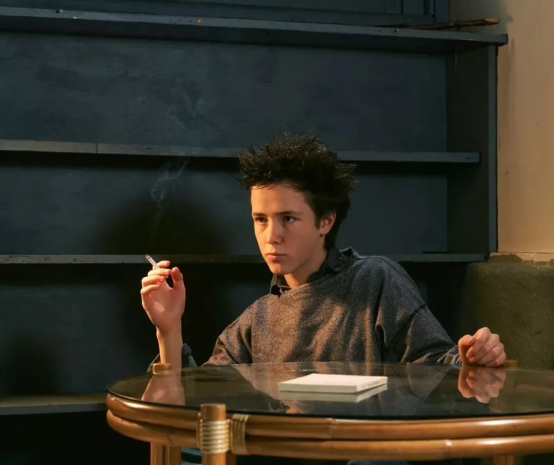
The Smoker, 1986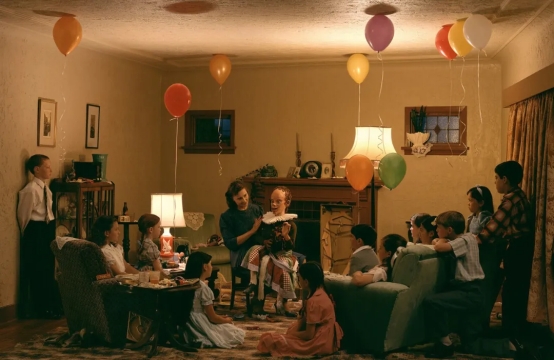
A ventriloquist at a birthday party in October, 1947, 1990
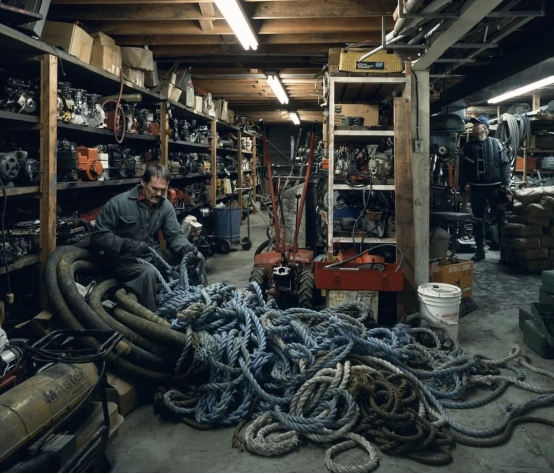
Untangling, 1994
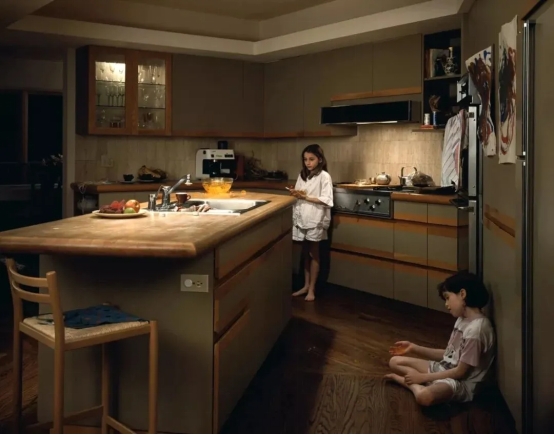
Jell-O, 1995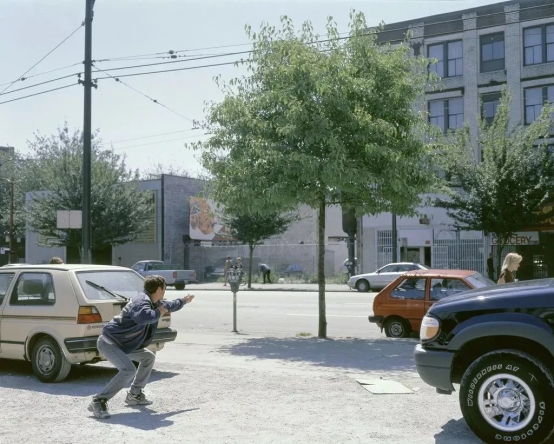
A man with a rifle, 2000
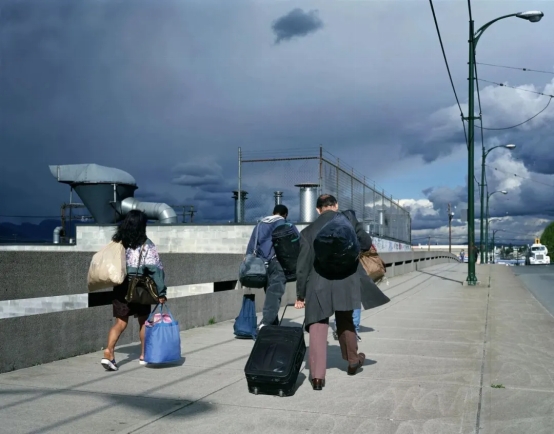
The Overpass, 2001
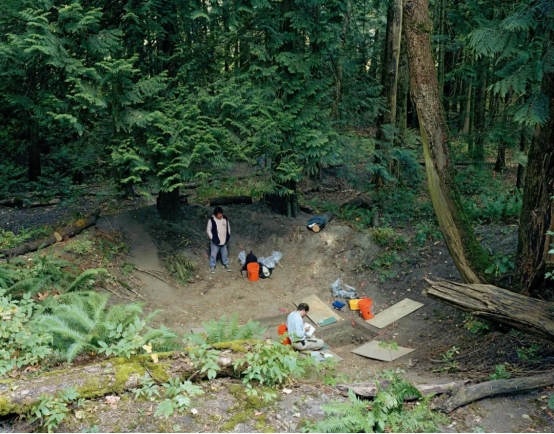
Fieldwork, 2003
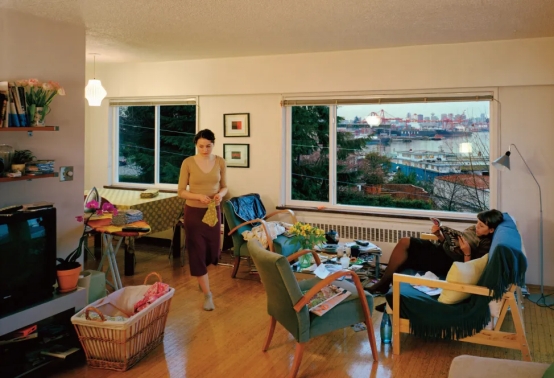
A View from an Apartment, 2004/2005
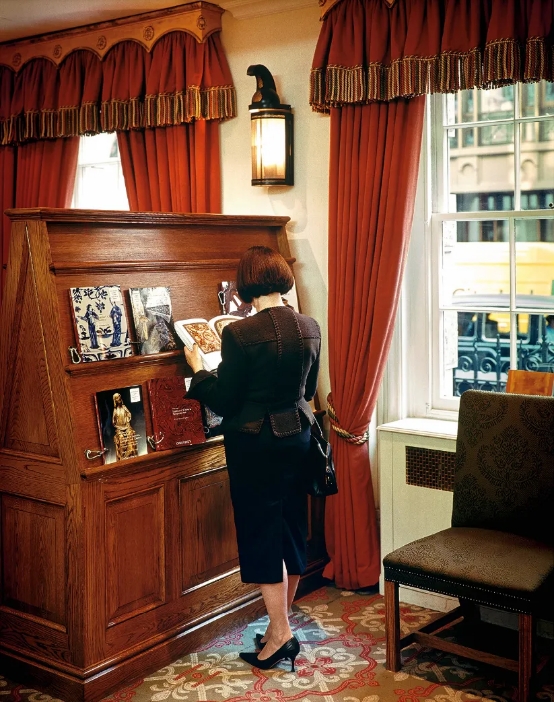
A woman consulting a catalogue, 2005
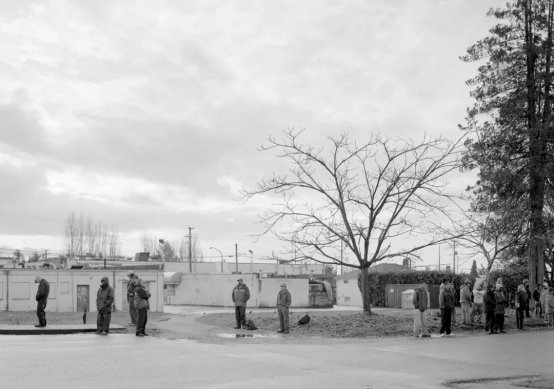
Waiting Men, 2006
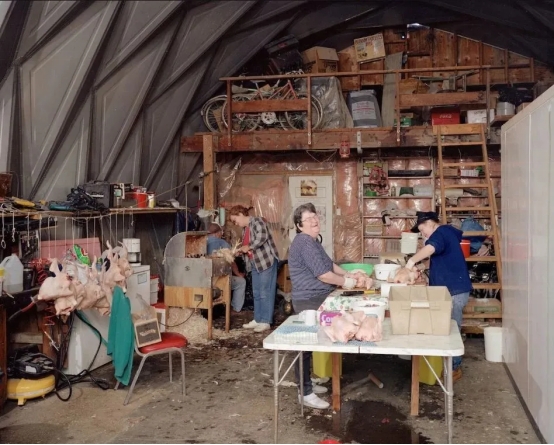
Dressing poultry, 2007
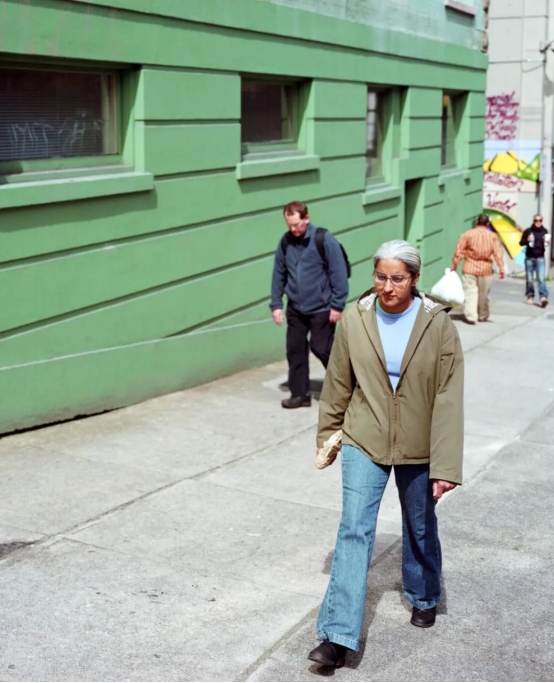
figures on a sidewalk, 2008
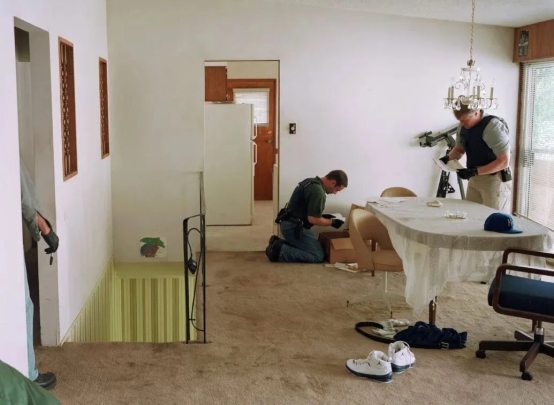
Search of premises, 2009
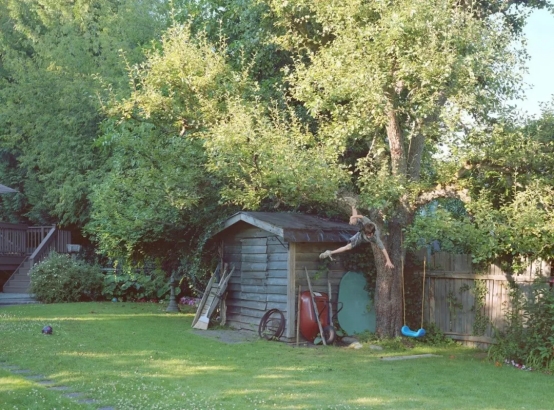
Boy Falls from Tree, 2010
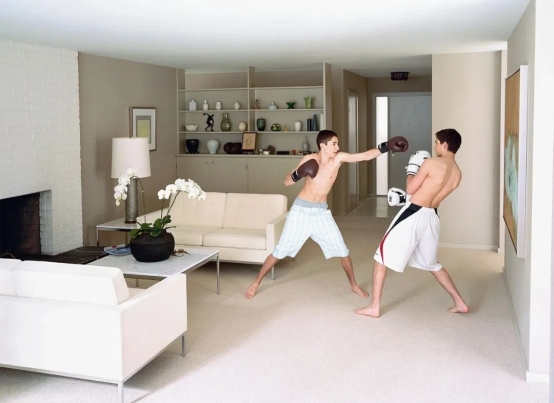
Boxing, 2011
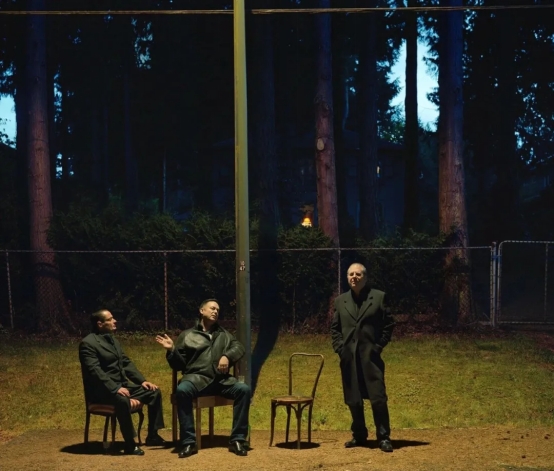
Monologue, 2013
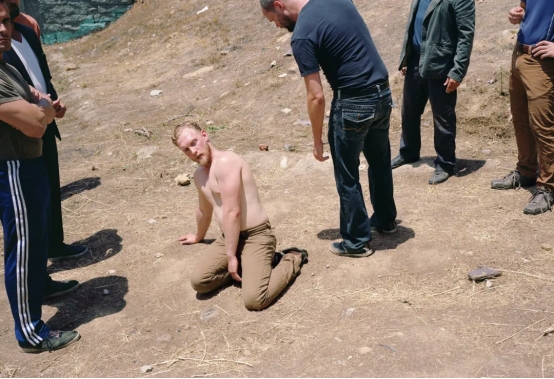
Listener, 2015
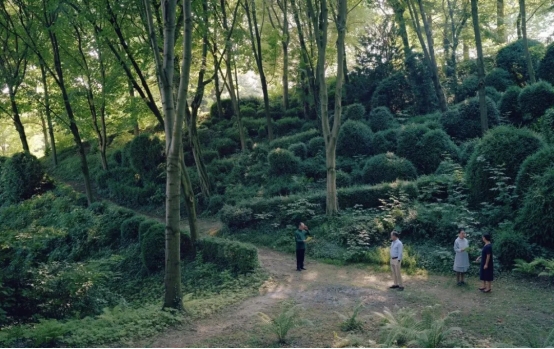
The Gardens, 2017
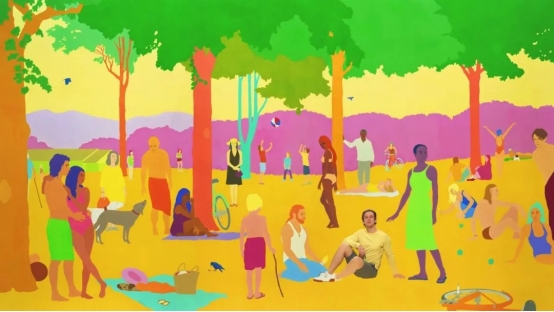
Recovery, 2017-2018
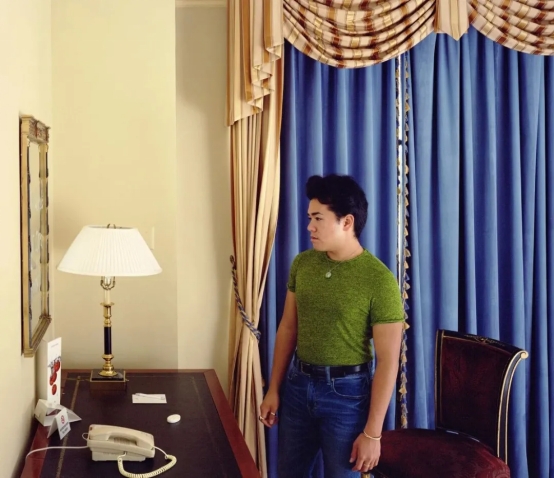
Man at a mirror, 2019
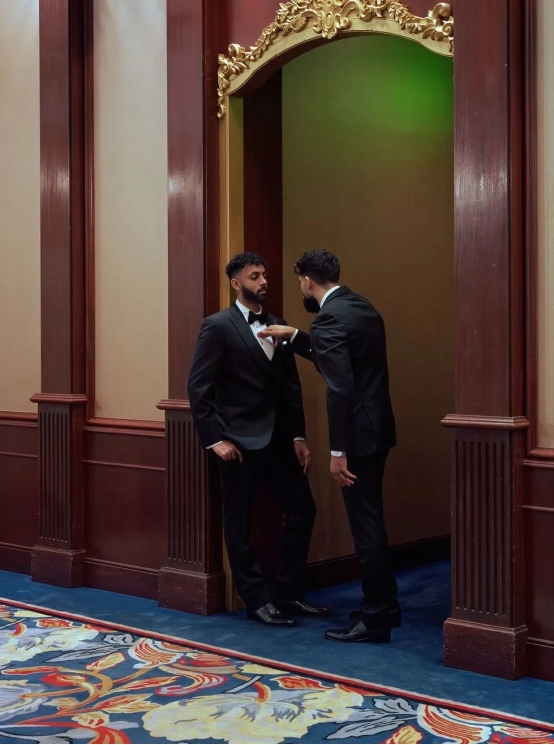
Event, 2021
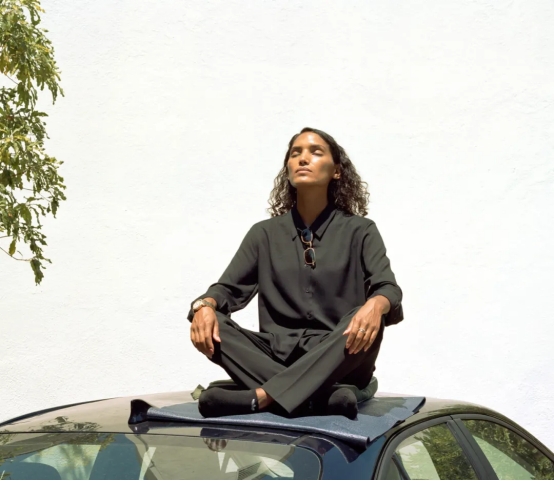
Sunseeker, 2021